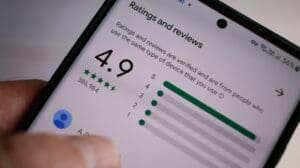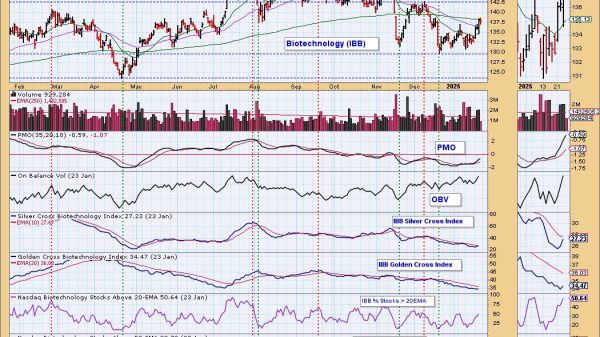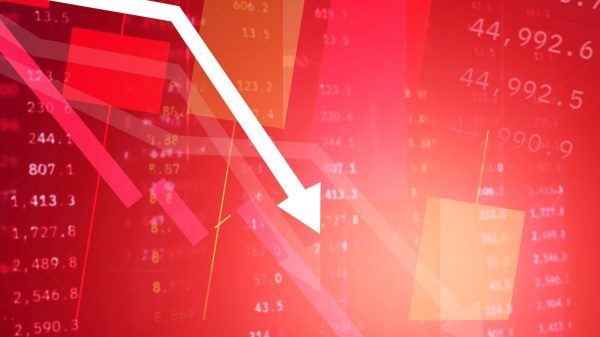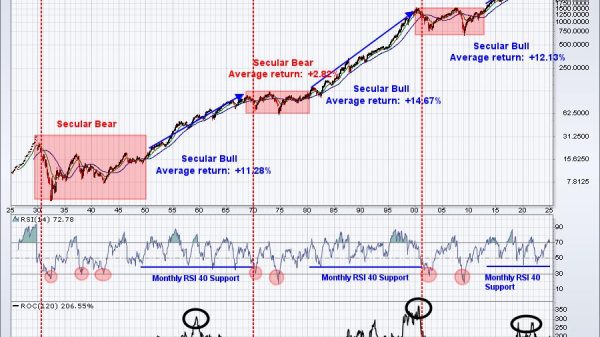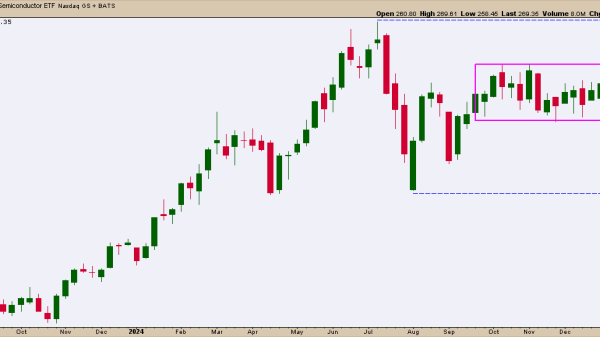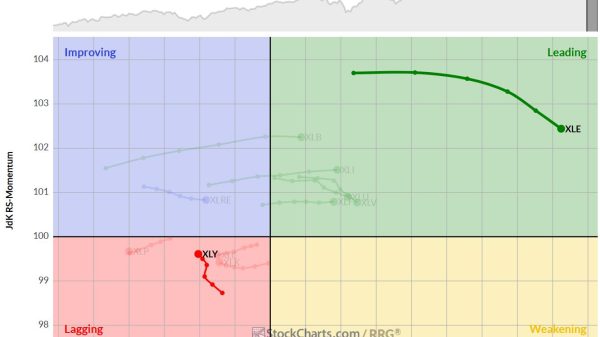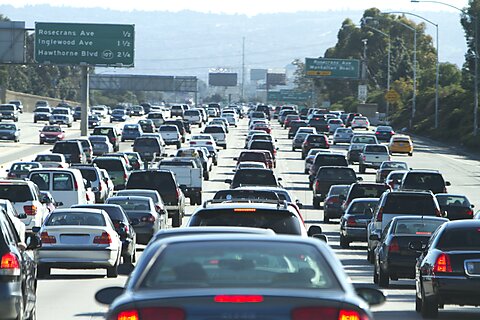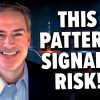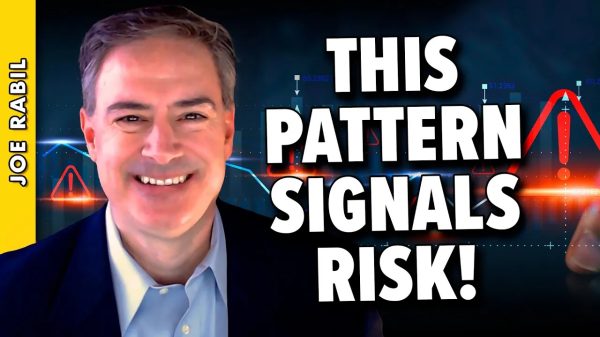Jeremy Horpedahl

Economics is a powerful set of tools for analysis. It’s also a set of tools that illustrates the idiom that a little knowledge can be dangerous.
A clear example that has come up recently in several areas of public policy is the economic concept of “externalities”—specifically negative externalities. Negative externalities arise when the production or consumption of a good results in costs that are not borne by the seller or buyer. These external “costs—“externalities”—mean that the market does not lead to the efficient level of production we’d expect in a perfectly competitive market (too much is produced). Typically, analysts then jump to propose government action that could improve market outcomes (emphasis on “could”—more on this later).
In a principles of economics class, externalities are typically the first mention of a way in which markets may not be perfectly efficient. They are also often the first call in an economics course for the government to improve on the outcome of competitive markets.
The first remedy usually discussed to improve market outcomes is a tax, usually referred to as a Pigouvian Tax, which can help steer the market toward an efficient outcome. There are many more complications to be added: how can the government determine the correct size of the tax? Is it better to use a quasi-property-right solution? But for many students of economics, taxing the negative externalities is a lesson they come away with.
Several recent public policies show how the “tax the externality” approach has been deployed. These include New York’s road congestion charge, Trump’s tariffs, and electric vehicles (in this case a Pigouvian subsidy).
New York City’s Congestion Charge
This year New York City began instituting a “congestion charge” to enter the area of Manhattan below 60th Street. The fee is $9 for passenger cars during peak hours, charged once per day. Different prices apply to other vehicles, and there are off-peak hours too. The basic premise of the charge is to reduce congestion in lower Manhattan while at the same time raising revenue to improve the subway system.
Peter Coy in the New York Times has connected the issue to externalities: “By driving into a congested area, you are harming the other people who have to deal with that congestion, and you should be charged for your negative externality.” There is some truth to this statement, as my choices as a driver only consider the costs and benefits to me, not any marginal impact my driving has on aggregate congestion. Thus, I impose an externality on other drivers.
However, the clearer case for the so-called congestion charge is simply that scarce resources should be priced. If the government is to provide scarce resources, such as roads, they should charge the users of the roads for consuming the good whenever it is technologically feasible (it is, with electronic tolling). The revenue collected from charging users for the roads could be used to maintain the roads, rather than using general taxation (income or sales taxes) or imperfect user fees such as gasoline taxes. Unfortunately, this is where the real-world application of the principle runs into a problem—the revenue is being diverted to the subway system, not to fund the upkeep of the roads or pay down bonds for road construction.
Oren Cass and Tariffs
It’s no secret that President Trump wants to impose new tariffs. But Oren Cass, writing in The Atlantic, recently made a strange argument in favor of Trump’s tariffs: an externality. What is the externality? Cass argues that decisions by corporations to offshore production to China or decisions by consumers to buy cheap foreign goods have “collective economic, political, and societal harms.” These economic decisions impose costs on others, so Cass tells us this is much like pollution, which calls for a similar policy response: tariffs, a tax on imports.
But this analysis is hopelessly confused. First of all, any economic harms from international trade are already reflected in market prices. Economists refer to these as pecuniary externalities, and there is no justification for taxing these externalities or otherwise intervening since all of the costs are reflected in changing market prices (the price of the good, wages of workers, etc.).
If we were to tax every economic decision that negatively impacted others, we would be taxing innovators of labor-saving devices and entrepreneurs who start new businesses to compete with existing firms. This broad application of fiscal externalities would be madness, as my Cato colleague Ryan Bourne has explained.
Are there other “political and societal harms” from foreign trade that call for a Pigouvian Tax? Cass doesn’t name them, but only alludes to “the broader importance of making things in America.” He chides economists for not understanding what he means, so count me among the chided economists. At best, he is talking about the related subject of positive externalities (though he, of course, ignores these for trade). But to the extent there are some benefits from making stuff domestically, the economist’s correct policy intervention would be a production subsidy, not a tax on imports, which can harm US manufacturing (as Trump’s steel tariffs did).
Cass tries in his essay to equate a tariff with a carbon tax, but the parallels are only in his mind. Furthermore, do universal tariffs on things like avocados really help bring back advanced manufacturing to the US, something that Cass claims is a goal? But speaking of carbon taxes…
Subsidies for Electric Cars
Speaking of subsidies for positive externalities, there is one final misuse of the externality concept that arises frequently: subsidies for electric cars. Subsidies for electric vehicles are widely deployed, with the federal tax credit of $7,500 being just one example among many others (some US states and foreign countries offer subsidies too). The logic with Pigouvian subsidies is to increase production and consumption, unlike the tax, which is intended to do the opposite.
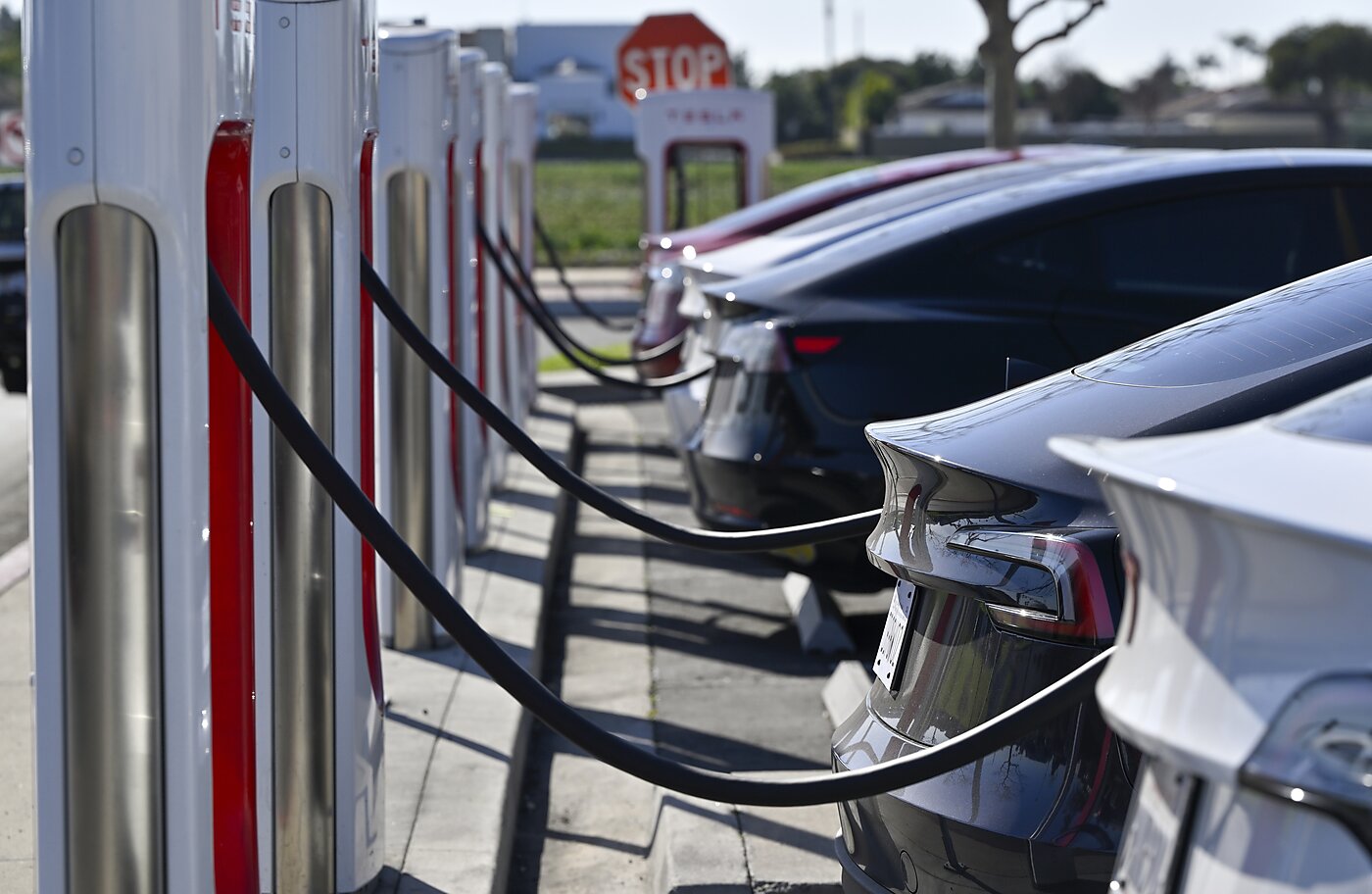
For a Pigouvian subsidy to be justified, there must be some benefits to those other than the producer or consumer of the good. The alleged benefit of buying an electric car is that you won’t buy a gasoline car and thus will emit less pollution. But this misses the important fact that both kinds of cars emit pollution (the EVs do so indirectly). Thus, from an externalities standpoint, both should be taxed—just a smaller tax for the EV if it truly emits less pollution when all factors are considered. But this is a far cry from an argument for a Pigouvian subsidy. Carbon is carbon, and if we really want to address the issue, a broad-based carbon tax would be the better solution, not subsidizing the lesser of two carbon producers.
Externalities are an important concept for all to consider with taxes, including libertarians to consider. But most applications of externalities in the real world stray significantly from the textbook economic justification, in some cases getting it exactly backward and too often to justify misguided government interventions in the free economy.
Jeremy Horpedahl is an adjunct scholar of the Cato Institute and associate professor of economics at the University of Central Arkansas.





